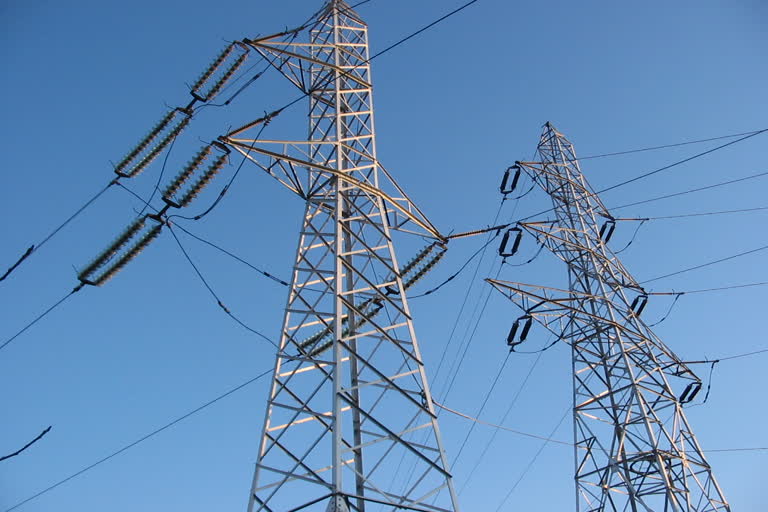New Delhi: In an attempt to prevent close to Rs 1 lakh crore of debt in the power sector from turning into non-performing assets, the government may launch a new scheme that will enable stressed gas-based power projects to run their plants using a mix of domestic and imported gas.
The new scheme, akin to eRLNG (electronic regasified liquefied natural gas) scheme that helped 31 stranded power projects to restart operations using imported gas two years back, is expected to benefit projects worth 15,000 MW belonging to Essar Power, Torrent Power, GSPC, Reliance Infra, GMR, GVK, and NTPC and another 10,000 MW of running projects operating a lower load factor of 25-30 per cent.
Government sources said that Power and Petroleum Ministries are in the final leg of drafting the new subsidy scheme after an empowered committee headed by Cabinet Secretary P.K. Sinha earlier favoured revival of the eRLNG scheme to support stranded gas-based power projects and prevent them from turning into NPAs.
The Parliamentary Standing Committee on Energy in the previous government had also recommended that a scheme like the E-Bid RLNG scheme is required to support gas-based plants. This scheme ran for two years between 2015 and 2017 and got financial support from the Power System Development Fund.
Read more:Indian banks should exploit untapped potential in Islamic banking: Experts
While the new scheme will avoid committing any subsidy to power producers with gas prices remaining soft in the international market, a buffer of Rs 18,000 crore as subsidy may be created for supplementing the need to keep power tariff lower in the event of a spike in gas prices.
As per the initial discussions, the new subsidy scheme will be based on a gas auction mechanism where electricity generating units quoting least government support to offer electricity to discoms at about Rs 4.50-5 a unit using fuel being offered to them by pooling domestic gas with LNG.
Under gas pooling, the price of fuel could be brought down which will allow electricity tariff to fall below Rs 6 a unit. The subsidy will arise if the price of gas keeps electricity tariff higher than Rs 5 a unit. Such subsidy may either be paid directly to generators or the government may evolve a direct benefit transfer type of scheme, transferring the gap directly to power users.
Also, to maintain the revenue stream of gas-based plants, the government may also allow them to sell a portion of the power generated in the spot market for higher gains. This could help in keeping the tariff under the pooled gas auction scheme low.
The price of domestic gas at present is $3.23/MMBTU (October 2019 to March 2020). The gas price at power plants remains in the range of $4-5/MMBTU for domestic gas and $8-10/MMBTU for RLNG. Pooling these two will substantially bring down the fuel cost for generators.
Though the Central Electricity Authority (CEA) has classified only 14,305 out of the total gas-based capacity of 24,867 MW as stranded due to fuel shortage, almost the entire capacity remains stressed and remaining plants are also running at sub-optimal levels and able to support just interest component on loans.
The domestic natural gas production in the country during 2017-18 was about 86.93 MMSCMD against 89.57 MMSCMD in 2014-15. From 2011-12 to 2016-17, domestic gas production had been continuously declining, while in 2017-18, there was a slight increase. The import of RLNG has been continuously increasing from 50.78 MMSCMD in 2014-15 to 72.13 MMSCMD in 2017-18 and about 50 per cent of the country's requirement of gas has now been met by imported gas.
The total domestic gas allocated to power projects is 87.12 MMSCMD but the average domestic gas supplied to gas based power plants during 2017-18 was only 25.71 MMSCMD which is 70 per cent short of the allocation. Due to this shortfall, the PLF of gas based power plants has come down to 24 per cent, as against 67 per cent in 2009-10.



